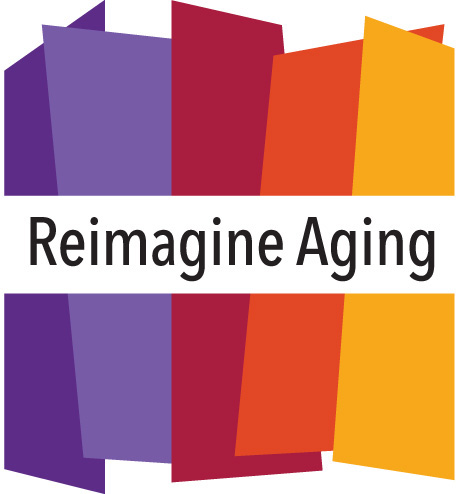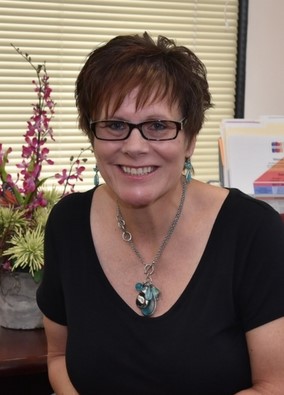| Link to article in St. Cloud Times |


As the Boomer generation comes into retirement, the aging population is growing at an unprecedented rate. In fact, by 2030 1 in 4 Minnesotans will be over the age of 65. We already know that 90% of these folks want to stay in their own homes and communities as they age. And we also know that there are very real emotional, social and health benefits for the individual aging in place. But keeping seniors at home and out of segregated senior housing is also the smart move financially for all of us.
Generally, speaking, the ability of older people to handle household tasks like cleaning, yardwork, meal preparation and transportation begins to diminish with age. With limited income at this stage of life, many cannot afford the market rate of private services to assist with the daily and seasonal maintenance of a home. A senior may then be forced into the heartbreaking decision of leaving their home and community for some form of senior housing.
It quickly becomes evident that senior housing options are far more expensive than remaining at home. The average annual cost of assisted living in Minnesota is almost $50,000. And nursing home care is even more cost prohibitive, with a price tag of over $80,000 a year on average. Considering that the annual income of most seniors is less than $30,000, there’s a huge deficit here no matter how you cut it.
So who picks up the tab? Well, we all do.
Most private health insurance doesn’t cover the long-term care of assisted living or nursing homes, meaning seniors and their families often have to pay out of pocket. With limited or no income, many older adults then quickly have to rely on federal programs such as Medicaid to afford those services. Medicare is a federal health insurance program primarily for people aged 65 and older, whereas Medicaid is a joint federal and state assistance program that helps cover medical costs for some people with limited income and resources. These programs are paid for with taxpayer dollars.
We need to secure affordable aging services today that empower seniors to remain healthy and economically secure in their own homes and communities, and ultimately reduce spending on more costly government programs.
We recognize that living at home isn’t always the best choice for a senior. While heartbreaking, sometimes with the amount of care necessary it’s just not possible to safely keep someone in the home they’ve been in for decades. But often times, all that’s needed to allow someone choice and independence for several more years is a little extra support. A little help getting down on hands and knees to clean the floors, or shoveling snow off the sidewalk, or even just getting up on a ladder to change the lightbulbs.
There are several nonprofit organizations dedicated to bridging this gap, while doing so affordably for everyone involved. It only costs about $500 a year for a nonprofit such as Senior Community Services to perform these tasks that allow an older adult to age in place. Organizations like ours are able to do this by using a blend of funding sources, including individual donations.
Philanthropic funding for senior programs is a cost-effective investment. Unfortunately, as this demographic grows we aren’t seeing the appropriate response in funding. Despite nearly 25% of our population being older adults, less than 1% of Minnesota’s $1 billion philanthropic dollars is for older adult services.
Beyond advocating for equality and equity at all stages of life, promoting aging in place also helps create systemic cost savings on government programs like Medicare and Medicaid. When it comes to securing our future, an ounce of prevention is worth a pound of cure.

Deb Taylor is the CEO of Senior Community Services, a nonprofit that helps older adults and caregivers navigate aging to maintain independence and quality of life. We provide a wide array of programs — www.seniorcommunity.org



